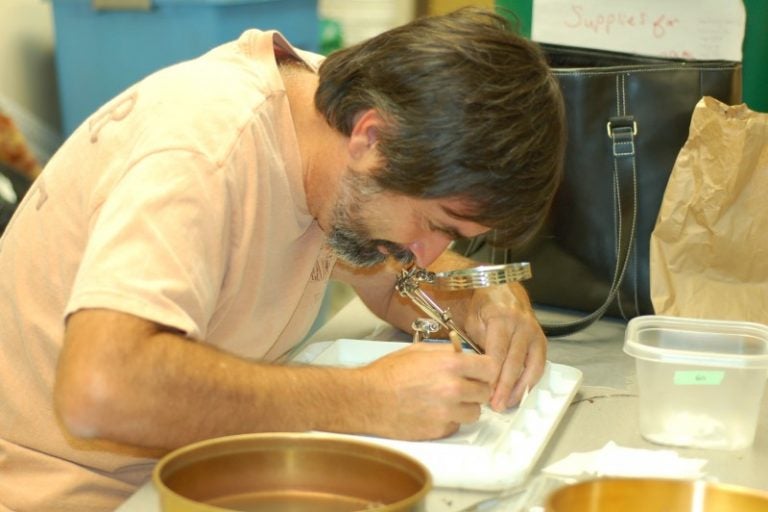Mom did know best when she said, “Starve a cold, feed a fever.
A team of UCF biologists has just come up with a way to loosen the chokehold a proliferating tree has on the St. Johns River, and it follows mom’s advice.
Depriving Carolina Willow seeds of water or gorging them with water when they are just starting to take root are key to stopping the tree’s spread. The trees, once used by Native Americans for medicinal purposes, are now taking over the upper St. Johns River at a ferocious rate.
Biologists at the University of Central Florida found that depriving seeds of any moisture when they disperse in the springtime effectively kills them. Their study, published this month in the journal Wetlands, also found that if seedlings do take root, drowning them keeps them from coming back.
The St. Johns River Water Management District funded the study.
“The study will not only help manage the willow infestation in the St. Johns River, but it also will aid other countries battling invasive willows, including Australia and South Korea, where they were introduced for landscaping and erosion control,” said John Fauth, one of the paper’s authors.
In Victoria, Australia, it costs an estimated $2 million a year to manage invading willows, which is important for a variety of reasons abroad and at home in the St. Johns River.
“These trees must be controlled to maintain water quality and availability, conserve wildlife and continue enjoying recreational activities in the river, “ Fauth said.
The ornamental tree covers thousands of acres in Florida and may be thriving, because of water-management projects initiated in the 1950s. Canals were built to control runoff and provide water for agriculture. The result was stable water levels, which allowed the Carolina Willow to spread and thrive.
While the trees previously were kept in check by natural annual flooding, they can now be found thriving in wetlands, swamps and marshes. Some trees grow as tall as 35 feet. The leaves of the tree contain salicin, which is the compound behind the pain-relieving effect of aspirin.
A series of experiments helped identify these key vulnerabilities in the willow life cycle.
In three experiments conducted in a growth chamber in the biological sciences building on the main campus, UCF research assistant Luz Castro-Morales planted willow seeds onto different soils, and provided water in different amounts and at different times. Willow seeds survived well on soils that were wet but not flooded, and did very poorly on dry soil. Seeds also required watering within the first 8-10 days to sprout and survive. These results held even when willow seeds were collected at different times during the reproductive season or were grown at different temperatures in the growth chamber.
Other contributors to the study include, UCF biologist Pedro Quintana-Ascencio, and Kimberli Ponzio and Dianne Hall of the St. Johns River Water Management District.
Castro-Morales will receive her B.S. in biology from the Pontificia Universidad Javeriana in Bogotá, Colombia, in March. She received a Bioclimatic Architecture Diploma from the Pontificia Universidad Javeriana in 2012 and she has an architectural and engineering drawing degree from the Universidad Colegio Mayor de Cundinamarca in Bogotá.
Fauth joined UCF in 2003. Previously he worked at the College of Charleston and Denison University. He has a Ph.D. in zoology from Duke University, has written more than 40 articles and book chapters. He also serves on the Florida Coral Reef Initiative’s Technical Advisory Committee.
Quintana-Ascencio joined UCF in 2003 after working at El Colegio de la Frontera Sur, in San Cristóbal de Las Casas, Chiapas, Mexico. He has a Ph.D. in ecology and evolution from State University of New York at Stony Brook. He has been a guest scholar at institutions around the world including the University of Melbourne in Victoria, Australia, and the Universidad Rey Juan Carlos in Madrid, Spain. He also has earned several fellowships and has published more than 68 articles and book chapters.
